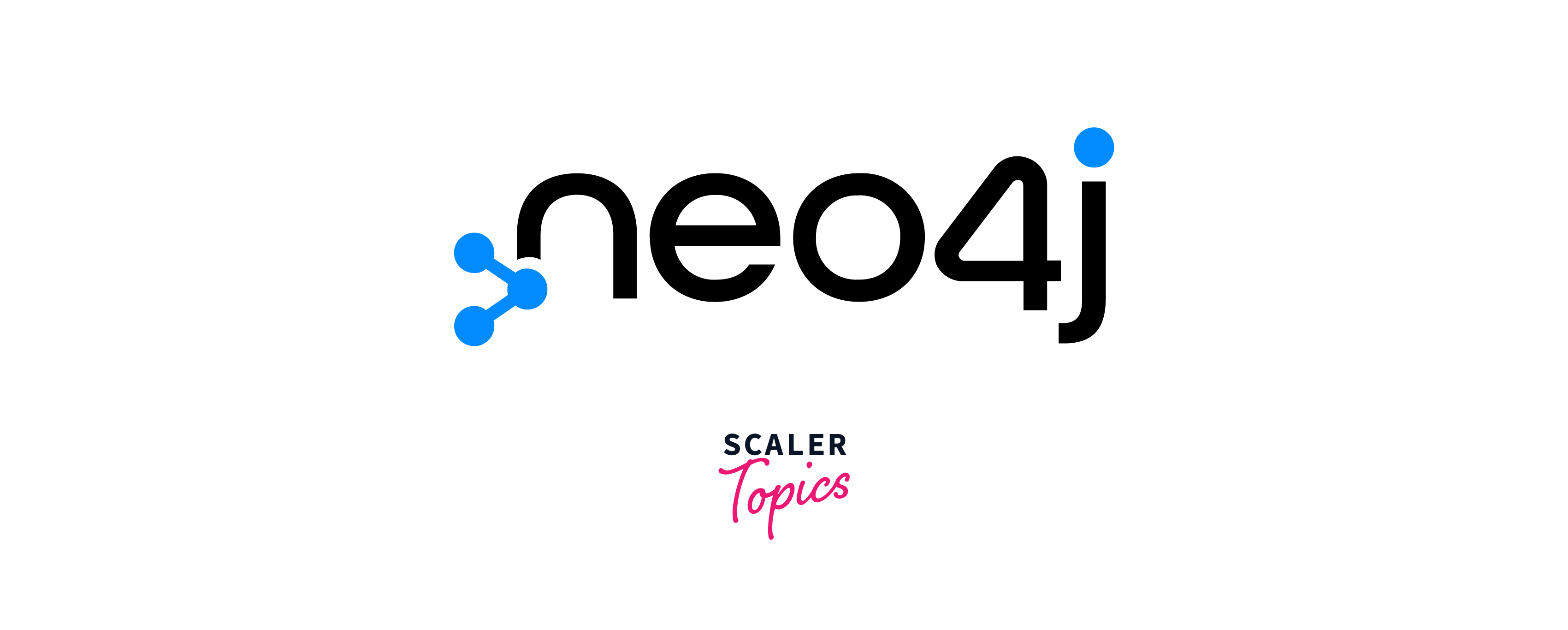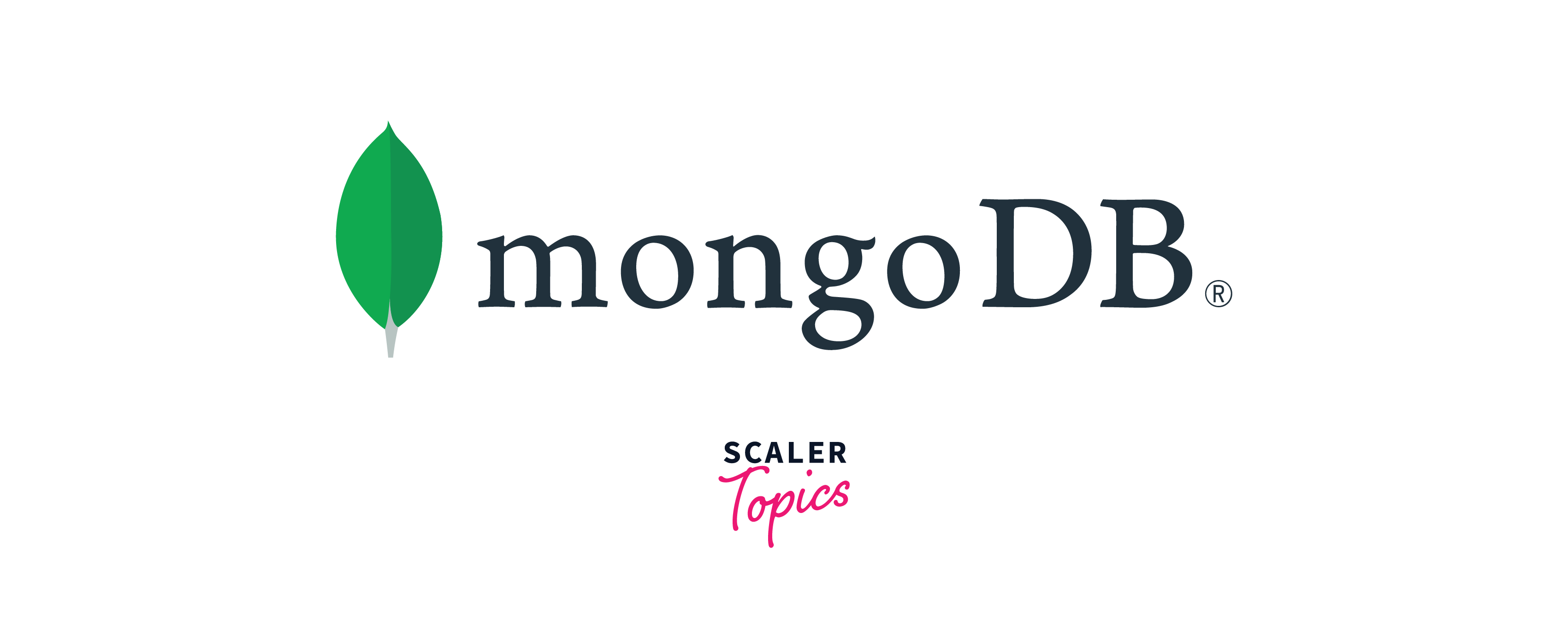Difference Between Neo4j and MongoDB
Overview
Neo4j vs MongoDB are both popular database management systems, but they serve different purposes. Neo4j is a graph database designed for complex data relationships, excelling in querying and analyzing highly interconnected data. MongoDB, on the other hand, is a NoSQL document database optimized for handling large volumes of semi-structured or unstructured data, providing high scalability and flexibility.
In mongodb vs. neo4j, Neo4j excels at showing how things relate, while MongoDB is great at storing and finding different types of data in mongodb vs. neo4j.
What is Neo4j?
In mongodb vs. neo4j, Neo4j is a prominent graph database management system. It is designed to efficiently store, manage, and query highly interconnected data, making it particularly suitable for scenarios where relationships between data points are of paramount importance. Unlike traditional relational databases, which are structured around tables and rows, Neo4j organizes data in nodes, relationships, and properties.

Imagine a social media platform utilizing Neo4j. Each user is a node, and connections represent friendships. In neo4j vs mongodb, Neo4j efficiently identifies mutual friends, suggesting new connections based on existing relationships. Its graph-focused design enhances personalized recommendations, making it an optimal solution for social networking scenarios.
What is MongoDB?
In mongodb vs. neo4j, MongoDB is a popular NoSQL database that stands out for its ability to handle diverse and evolving data structures. Instead of rigid tables, it stores data in flexible, JSON-like documents. This adaptability allows developers to work with data that doesn't fit neatly into traditional rows and columns.

Imagine a healthcare system storing patient records using MongoDB. Each patient's data, like name, birthdate, and medical history, is stored as a flexible document. Medical histories are saved as arrays, accommodating past diagnoses and treatments. Images and reports are also stored in patient documents. MongoDB's scalability supports system growth, and its query capabilities enable efficient data retrieval, aiding doctors in accessing patient histories and planning treatments effectively.
Certainly, in mongodb vs. neo4j, MongoDB demonstrates its significance across multiple technological domains. It finds applications in content management systems, real-time analytics, and scenarios where data types or structures experience frequent changes. For a more profound understanding of MongoDB and its capabilities, I recommend exploring this resource: What is MongoDB. This resource will provide you with comprehensive insights into MongoDB's features and functionalities.
Neo4j vs. MongoDB
Below is a comparison of Neo4j vs. MongoDB along with explanations for each aspect:
| Aspect | Neo4j | MongoDB |
|---|---|---|
| Data Model: | In mongodb vs. neo4j, Neo4j uses a graph-based data model, where data is represented as nodes, relationships, and properties. This is ideal for representing and querying highly interconnected data. | In neo4j vs. mongodb, MongoDB uses a document-based data model, where data is stored in collections of JSON-like documents. Each document can have nested structures. |
| Query Language: | Neo4j uses Cypher, a graph query language designed to traverse and manipulate graph data efficiently. It's specifically tailored for querying graph structures. | In neo4j vs. mongodb, MongoDB uses a query language that resembles JSON and is well-suited for querying document-based data. It lacks the specialized graph querying capabilities of Cypher. |
| Schema: | In mongodb vs. neo4j, Neo4j allows for a flexible schema, meaning nodes and relationships can have properties without strict constraints, enabling agility in data modelling. | MongoDB offers a dynamic schema, where documents in the same collection can have different structures. This can be advantageous for rapidly changing data requirements. |
| Scalability: | Neo4j is well-suited for scenarios where complex relationships and queries are central. It may not scale as horizontally as MongoDB for handling massive amounts of data. | MongoDB is designed for horizontal scalability, making it a good choice for handling large volumes of data across distributed systems. |
| Use Case: | Neo4j excels in scenarios where understanding relationships and traversing paths between entities are critical, such as social networks, recommendation systems, and knowledge graphs. | MongoDB is versatile and suitable for various use cases, including content management, catalogues, user profiles, and real-time applications. |
| Performance: | In mongodb vs neo4j, Neo4j's performance shines when complex graph traversals are required. However, it might not perform as well for simpler queries, especially when compared to specialized document stores like MongoDB. | MongoDB performs well for simple queries and read-heavy workloads. Its performance might degrade when handling complex graph traversal scenarios. |
| Indexing: | In neo4j vs mongodb, Neo4j provides indexing optimized for traversing graph patterns efficiently. | MongoDB offers a range of indexing options, allowing you to create indexes tailored to your querying needs. |
FAQs
Q. What is Neo4j used for?
A. Neo4j is primarily used for managing and analyzing data with complex relationships. It's often employed in applications involving social networks, recommendation systems, fraud detection, knowledge graphs, and any scenario where understanding intricate connections is crucial.
Q. What is Cypher?
A. Cypher is Neo4j's query language designed specifically for working with graph data. It allows users to express complex queries to traverse, retrieve, and manipulate data stored in the graph database.
Q. Is Neo4j suitable for large datasets?
A. While Neo4j can handle large datasets, its scalability might be limited compared to some other database systems designed explicitly for horizontal scalability. It's essential to evaluate your dataset size and growth expectations when considering Neo4j in mongodb vs. neo4j.
Conclusion
- Neo4j excels in managing complex relationships within data, making it ideal for applications reliant on intricate connections.
- MongoDB's strength lies in handling unstructured or semi-structured data with evolving schema requirements.
- Neo4j's Cypher language facilitates intricate graph-related queries, benefiting scenarios involving highly interconnected data.
- In mongodb vs. neo4j, MongoDB finds application in content management systems, real-time analytics, and flexible data models.
- In neo4j vs mongodb, Neo4j's graph-based structure handles intricate relationships efficiently but might be less adaptable to rapidly changing data models.
